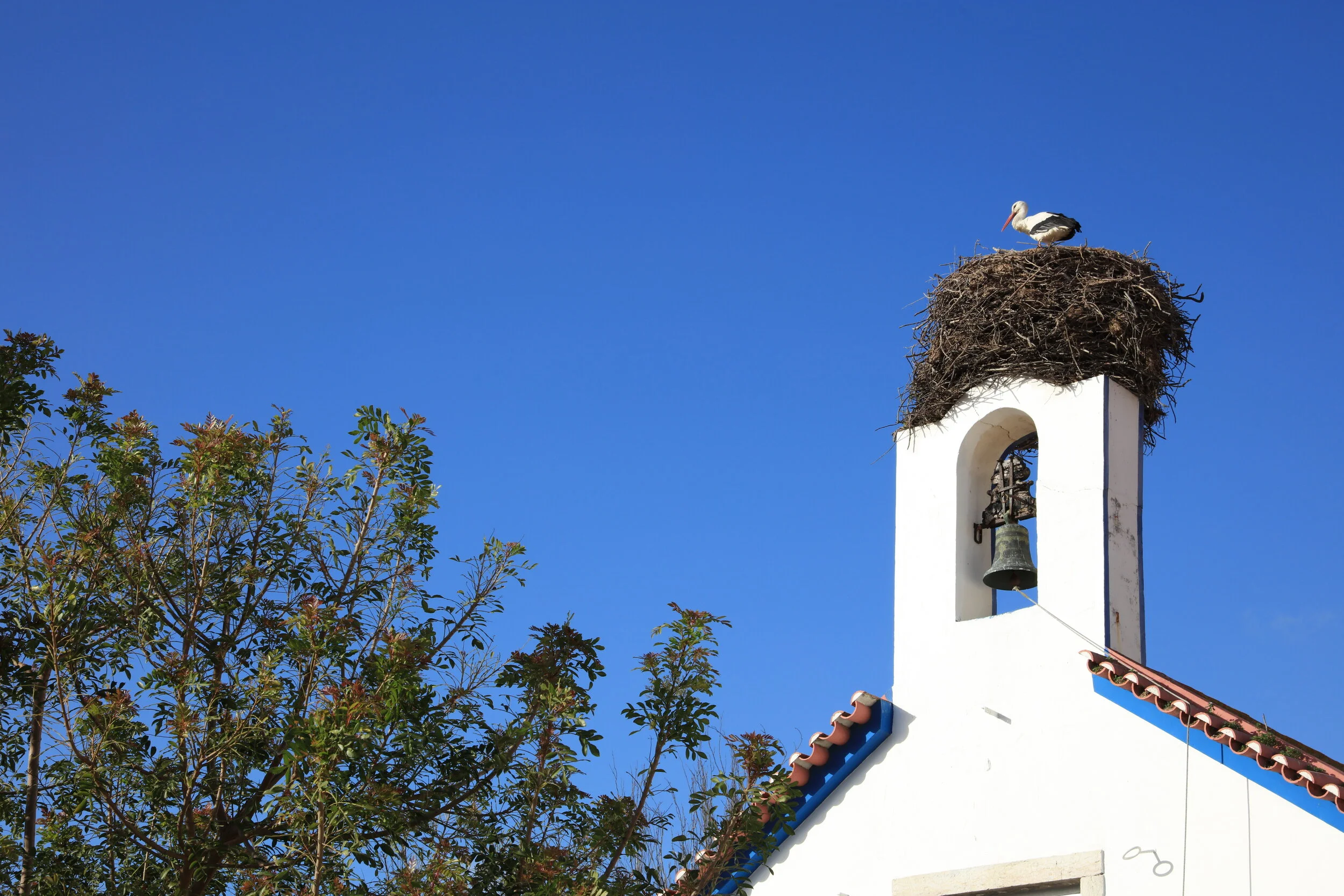Chasing Sunset
Words & Photographs by Angela Terrell
As it’s often said, life is full of the unexpected - a bit like the times we’re living in right now. Really, who would have thought a few months ago that travelling up the road to get a coffee would be an adventure - and as for roaming the world, well that’s something we can presently only dream about.
But even when travelling was a thing, there were times when the unexpected unexpectedly happened, as it did when I took a twilight stroll while visiting Comporta, a narrow stretch of Portuguese wilderness licked by the Atlantic Ocean on one side and Alentejo’s Sado River estuary on the other. A world away - yet only an hour south of Lisbon - the region is raw and untouched, and I’d filled my days absorbing the salty air in sleepy whitewashed villages, listening to the wind blow unabated over sand dunes and pine forests, and wandering alongside sun-kissed rice paddies and tranquil waterways where flamingos and storks cavorted.
There’s no doubt this area is a photographer’s dream, and maybe, as a photographer, I should have done some better research, but instead I set out that evening, camera handy, in my preferred fashion - simply to wander, notice and shoot - having learnt that the best laid plans of capturing the perfect scene are often undone by weather, timing or a barrage of selfie-takers.
I decided I’d head towards the water, and a stick-like structure standing in the distance, and was so absorbed in the encompassing serenity that it wasn’t until I actually reached the estuary’s edge that I saw I’d inadvertently stumbled on a scene of surprising ramshackle beauty.
Before me was an orderless series of planks and stilts meandering across the muddy flats in such a haphazard way they appeared to be more of a duckboard than a wharf, with many of the roughly hewn boards toppling towards the water as if desperate to become driftwood. I watched a fisherman navigate its dilapidated course towards a boat sitting idly in the mud, and emboldened by his confidence (and curious to explore ), stepped out, holding on to rickety poles and fishing hut doorways as I precariously leant over the rapidly rising water and took photos.
Time passed as quickly as the tide flowed, and I found it hard to draw myself away, constantly hoping that my camera was capturing the perfectly reflected world suspended between sea and sky where ever-evolving yellows, oranges, crimsons and golds jostled for attention. In fact, the visual feast was so absorbing, I didn’t notice a fellow photographer until he began shooting right next to me.
“How long have you been trying to see this?” he asked, his face alive with excitement, going on to tell me that he’d come all the way from Norway and patiently waited four nights to see a sunset like this one, musing that good fortune must be on his side as his return flight was the following morning.
I didn’t have the heart to tell him that I’d made no plan and had unwittingly happened upon the wondrous scene, so instead enthused about the light and gushingly agreed that we were both so lucky to witness the spectacle. Which was wise I think, considering I now know that Carrasqueira fishing village is one of Europe’s most unique and keenly photographed sites.
Amazing what a little research reveals.














